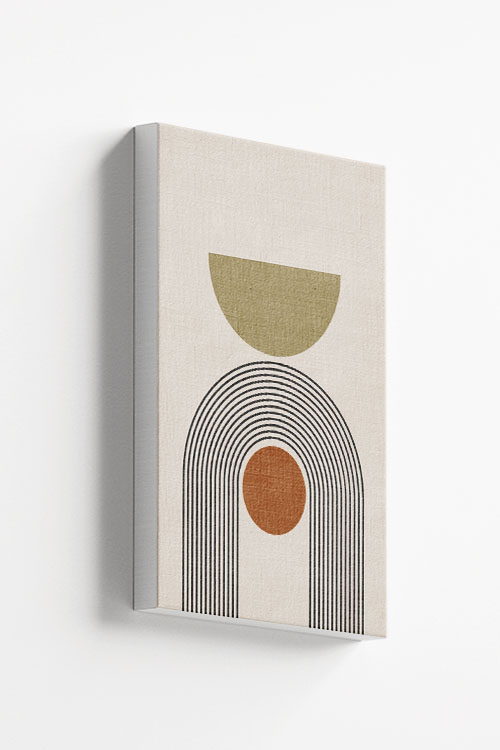
Lines and shapes in Boho art. The display of this art can easily add texture to your walls. Display this art along with the other canvass and give your room a blast that will captivate the hearts of your family and guests.

Lines and shapes in Boho art. The display of this art can easily add texture to your walls. Display this art along with the other canvass and give your room a blast that will captivate the hearts of your family and guests.
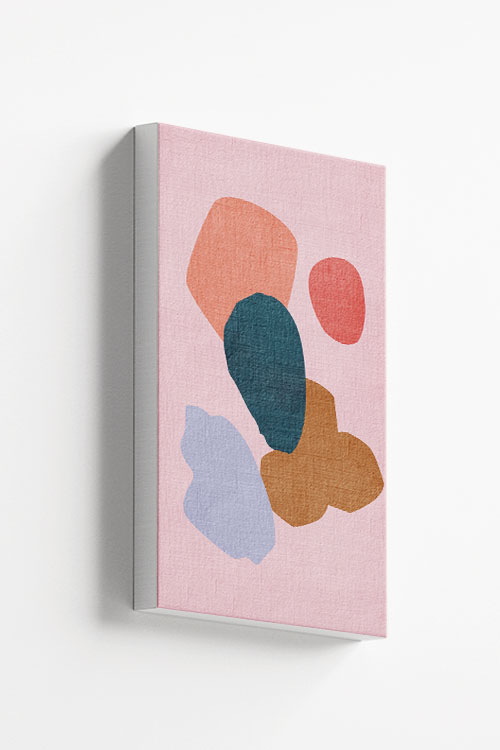
Abstract art in lovely colors. Create fun and charming wall with this art and your friends and family will surely love it. Along with other abstract art, you will be able to add depth and texture to your walls. Beautify your walls with trendy and stylish art fro Artdesign.
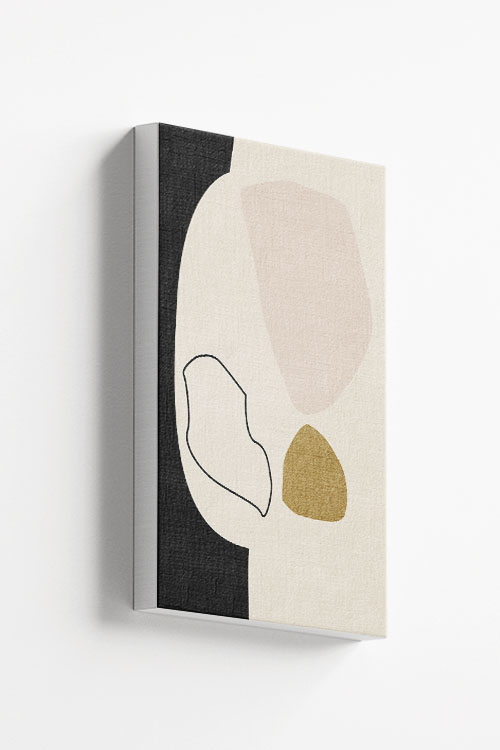
Trendy abstract art of shapes in subtle colors and appearance. The display of this art can easily add tone and texture to your walls. A design that can help you create a minimalist or Scandinavian-themed home. Make a comfortable and relaxing room ambiance with this art displayed in any room of your home.
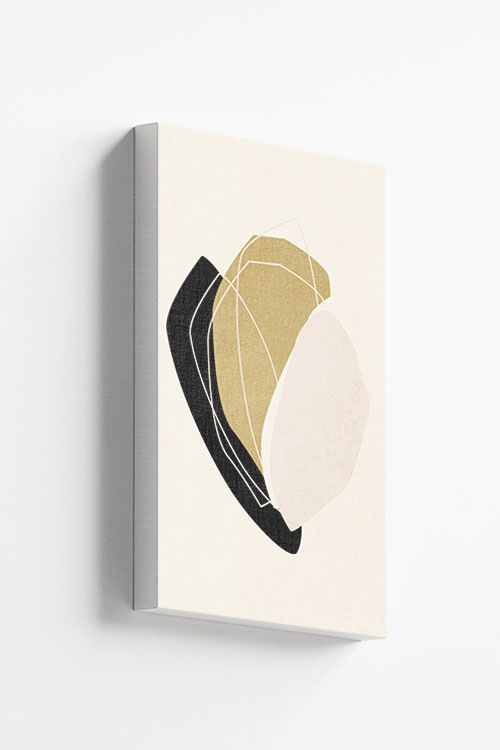
Trendy abstract art of shapes in subtle colors and appearance. The display of this art can easily add tone and texture to your walls. A design that can help you create a minimalist or Scandinavian-themed home. Make a comfortable and relaxing room ambiance with this art displayed in any room of your home.
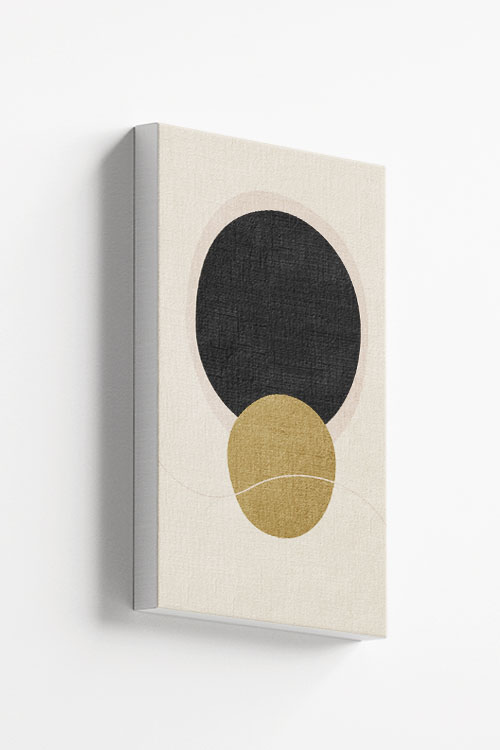
Trendy abstract art of shapes in subtle colors and appearance. The display of this art can easily add tone and texture to your walls. A design that can help you create a minimalist or Scandinavian-themed home. Make a comfortable and relaxing room ambiance with this art displayed in any room of your home.
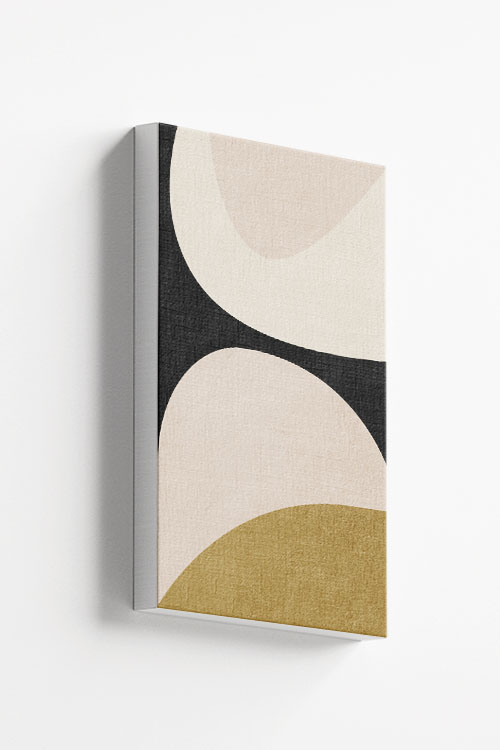
Trendy abstract art of shapes in subtle colors and appearance. The display of this art can easily add tone and texture to your walls. A design that can help you create a minimalist or Scandinavian-themed home. Make a comfortable and relaxing room ambiance with this art displayed in any room of your home.
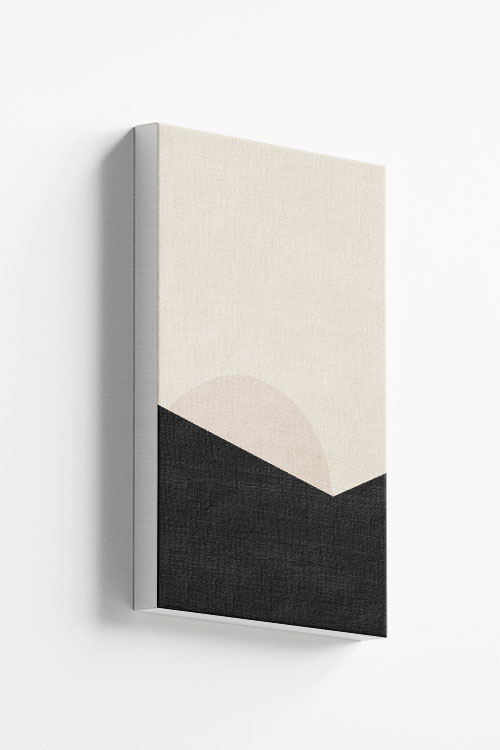
Trendy abstract art of shapes in subtle colors and appearance. The display of this art can easily add tone and texture to your walls. A design that can help you create a minimalist or Scandinavian-themed home. Make a comfortable and relaxing room ambiance with this art displayed in any room of your home.
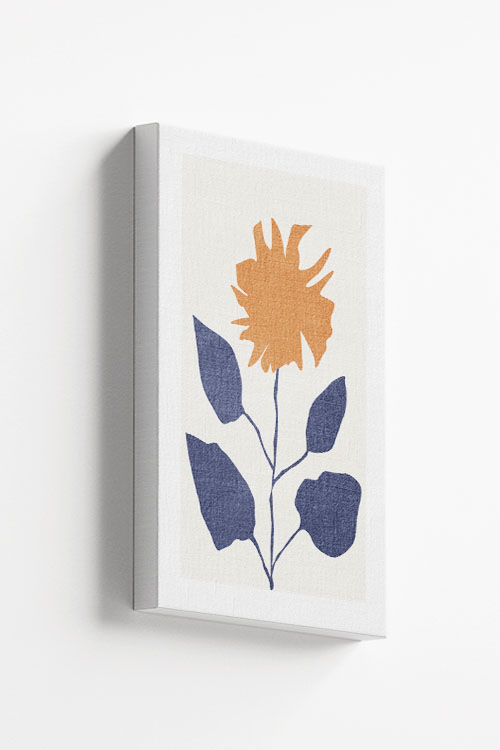
An extraordinary way to add a touch of nature to your home. This floral print can easily add beauty to your walls. A unique and interesting image that will add accent and texture to your walls.
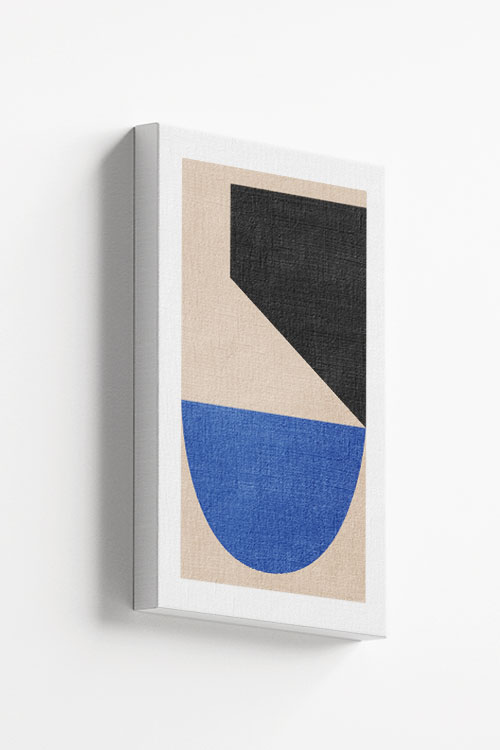
Simple yet attractive canvas art that will make your room look fantastic. A trendy canvas that is filled with colors for a comforting and relaxing room ambiance. The display of this art is also one of the best ways to add texture to your walls.
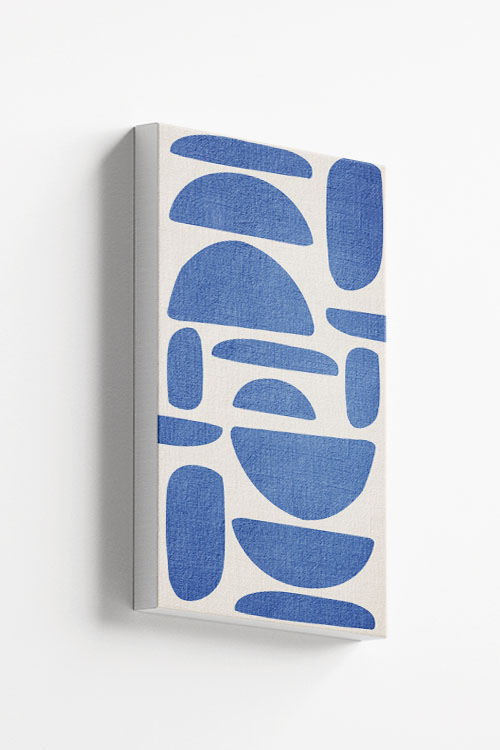
Cool and relaxing canvas art that will help you achieve a relaxing and calming room environment. Create a room atmosphere that is conducive for sleeping with the shade of blue. This canvas can also be displayed to add texture to your rooms.